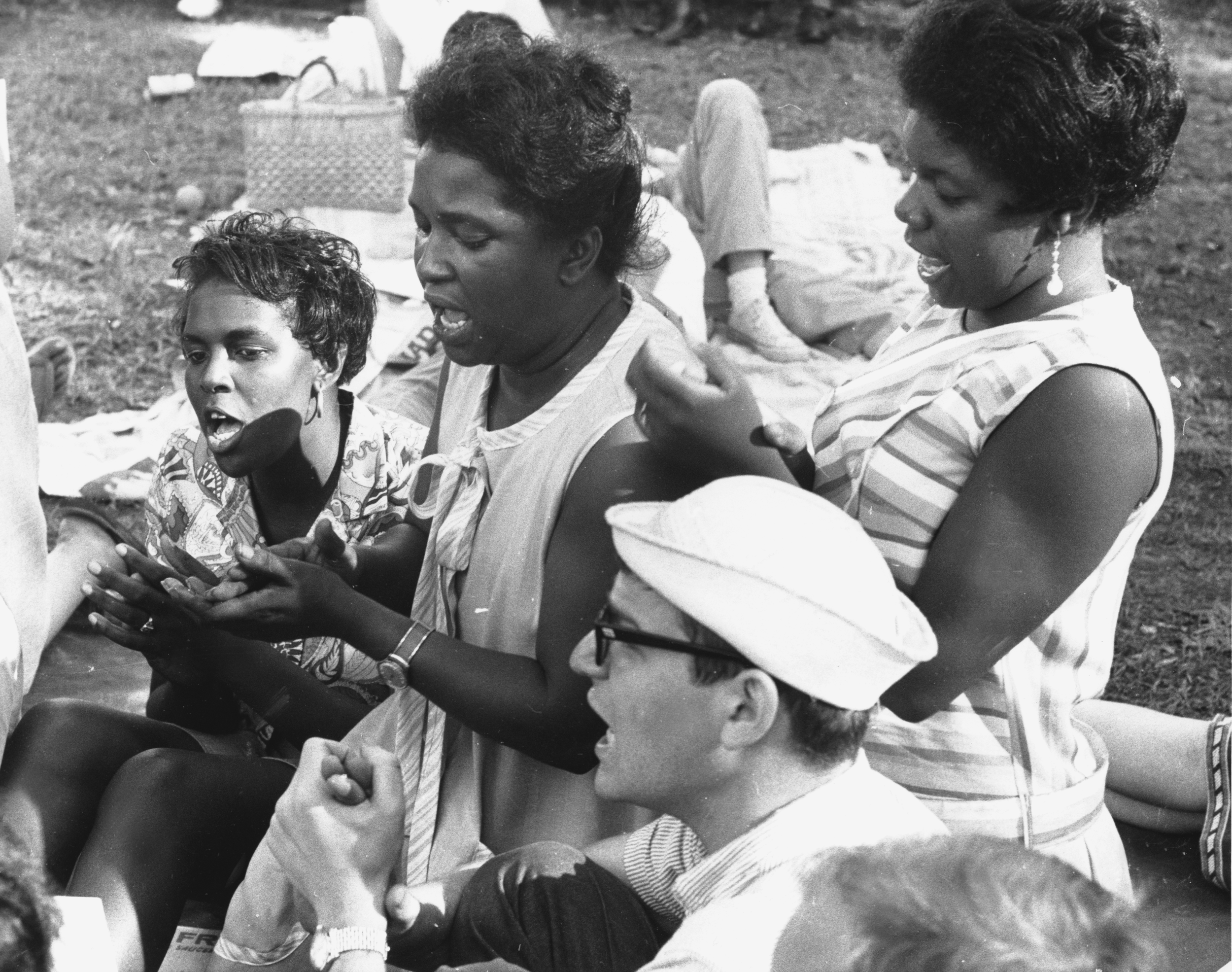
Key Narratives for Teaching About the Civil Rights Movement
Reading by Deborah Menkart and Judy Richardson
A list of key narratives central to an accurate study of the history of the Civil Rights Movement. The list can be used as a guide to critique textbooks, mainstream media, and curricula.
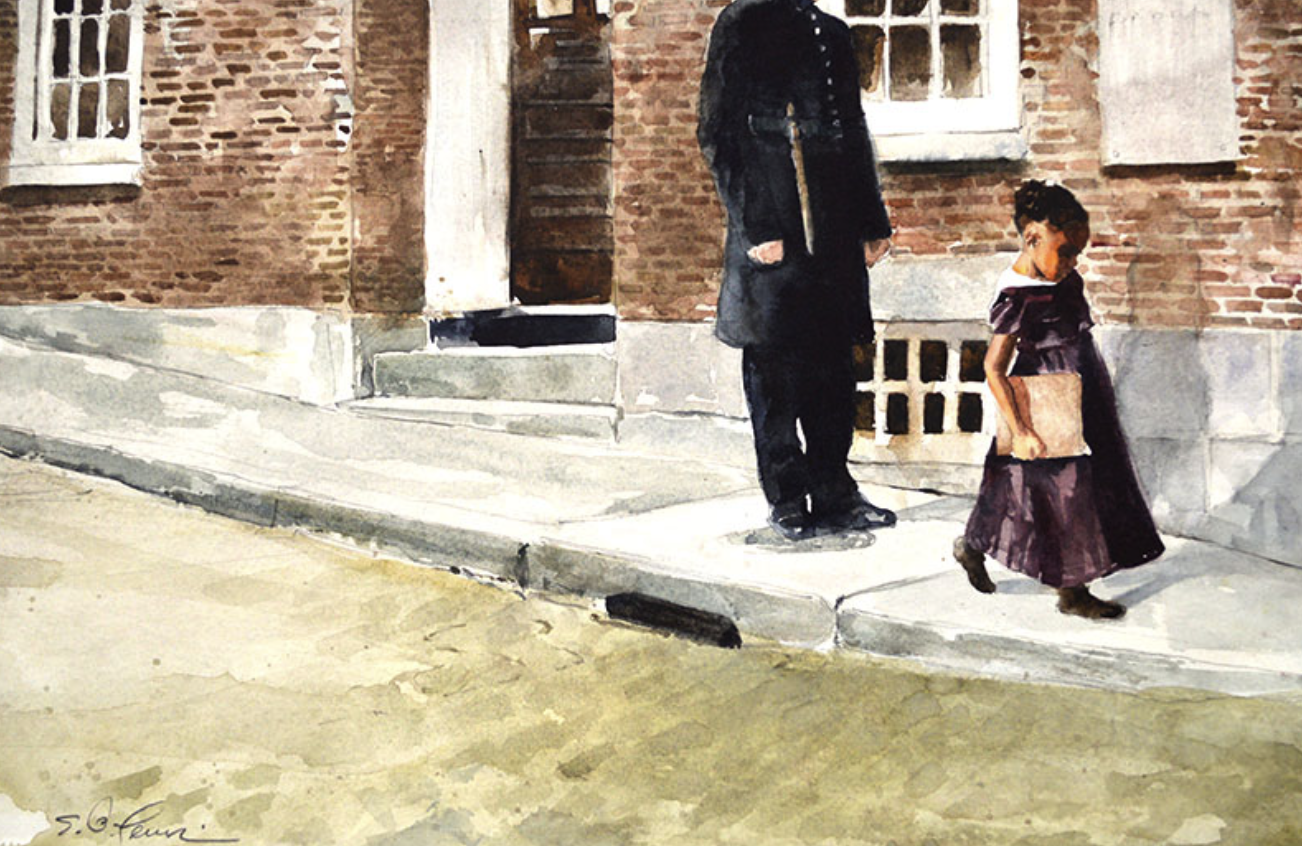
Key Issues in Race and Education Timeline
Reading by Akashi Kaul, Andrea Guiden Pittman, and Jenice L. View
A timeline highlighting key moments in the history of race and education.
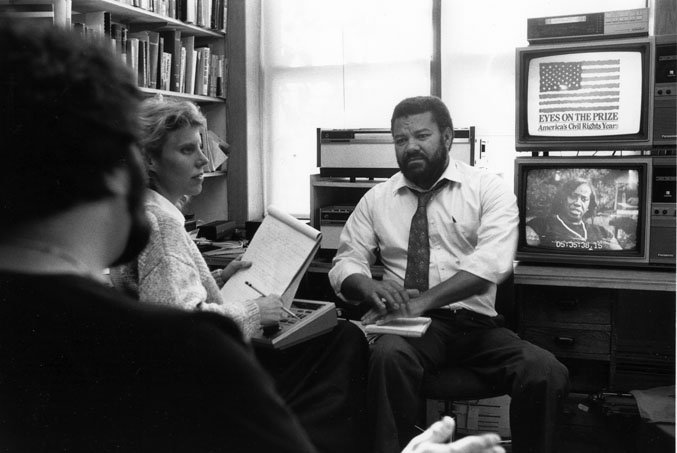
Teaching Eyes on the Prize, Teaching Democracy
Reading by Judy Richardson
Richardson shares key insights and considerations for teachers when using the Eyes on the Prize film.
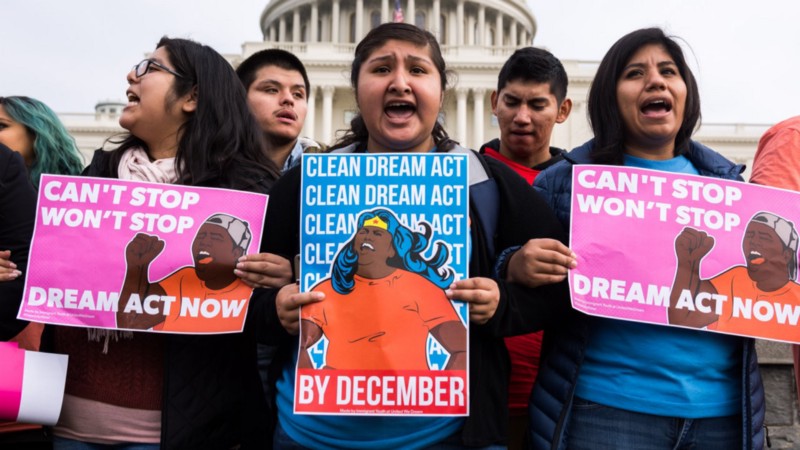
And the Youth Shall Lead Us
Reading By Allison Acosta, Allyson Criner Brown, and Deborah Menkart
These stories demonstrate that young people have played a lead role ― standing on the shoulders of those who came before them ― throughout U.S. history. It helps dispel the “exceptional” narratives perpetrated by the corporate media when they highlight selected groups and individuals (generally white students) such as the Parkland students and Greta Thunberg. Their important and brave work needs to be presented in a fuller context.
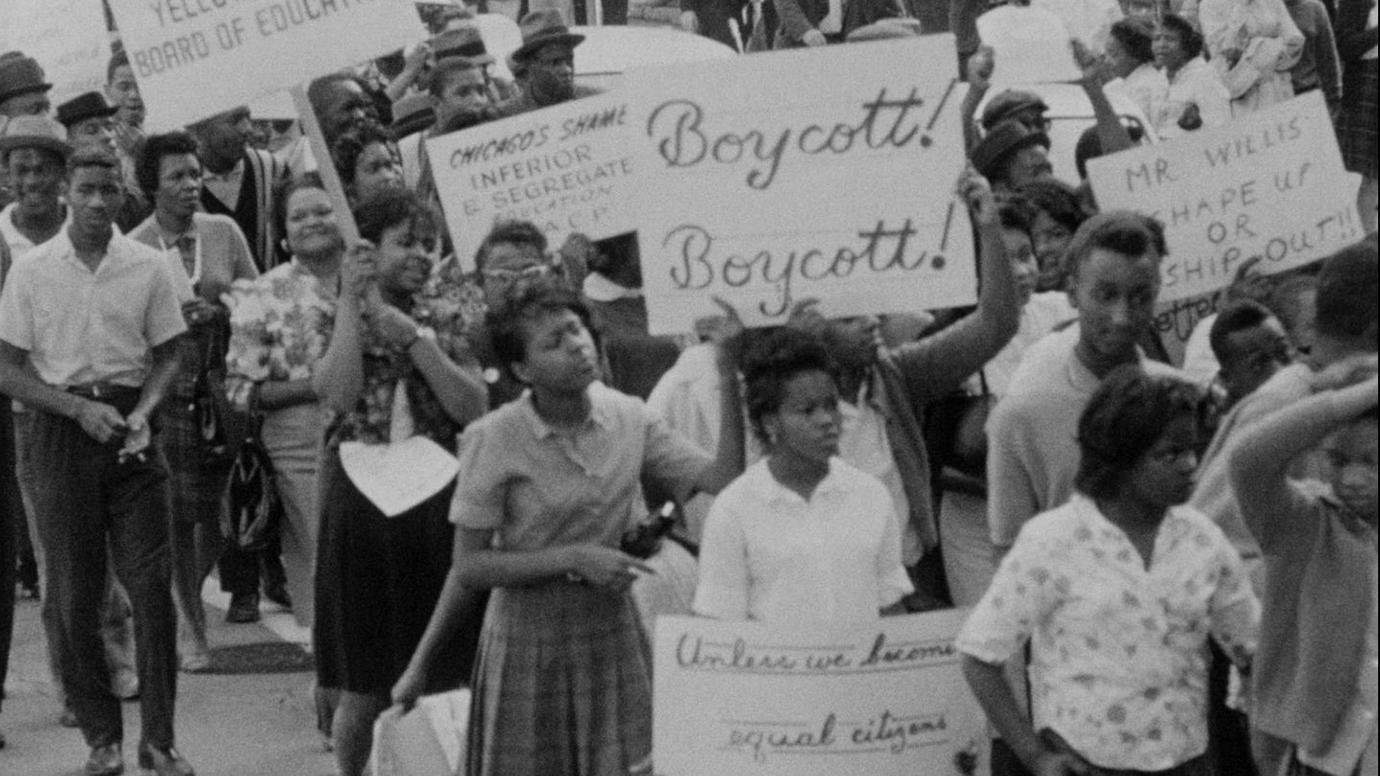
Key Events in 1963 History
Reading by Julian Hipkins III and Deborah Menkart
The year 1963 was pivotal to the modern Civil Rights Movement. To support teaching about 1963 events, we describe here some of the key events and milestones in the Movement. Where possible we list recommended books, primary documents, film, and articles for learning more.

The Borning Struggle: An Interview with Bernice Johnson Reagon
Interview of Bernice Johnson Reagon by Dick Cluster
Through the story of the growth of the Civil Rights Movement in one town, Albany, Georgia, students get an insider's perspective on how and why people got involved in the Movement, collaboration and tension between groups, the integral role of music as a unifying and strengthening force, and the impact the Movement had on the town and its people.
